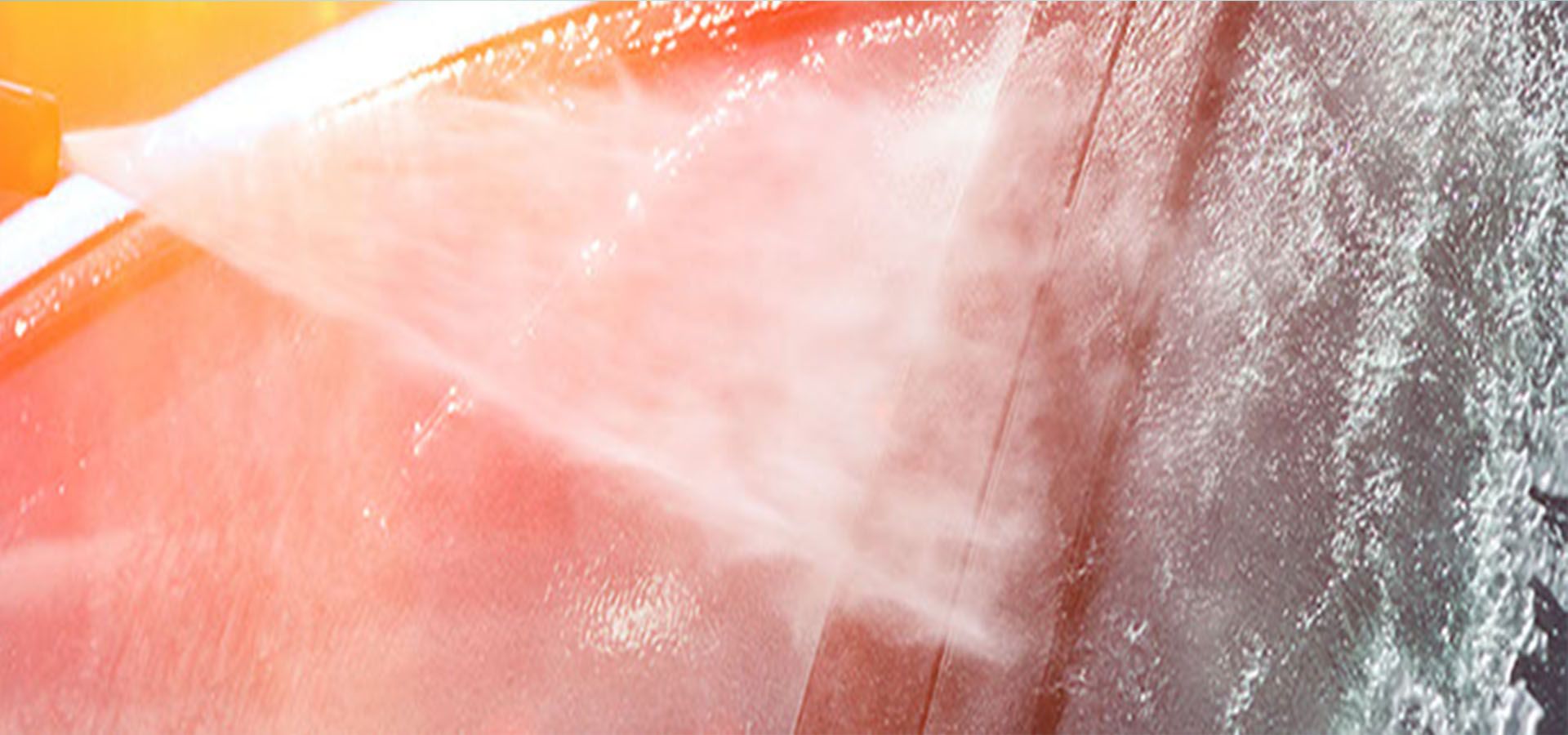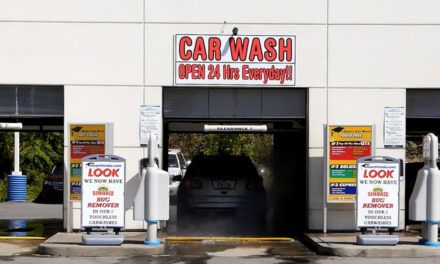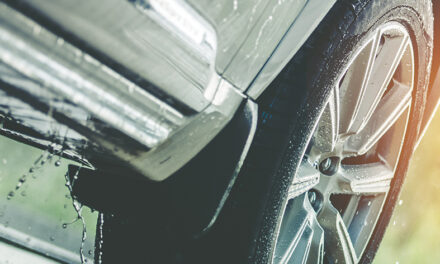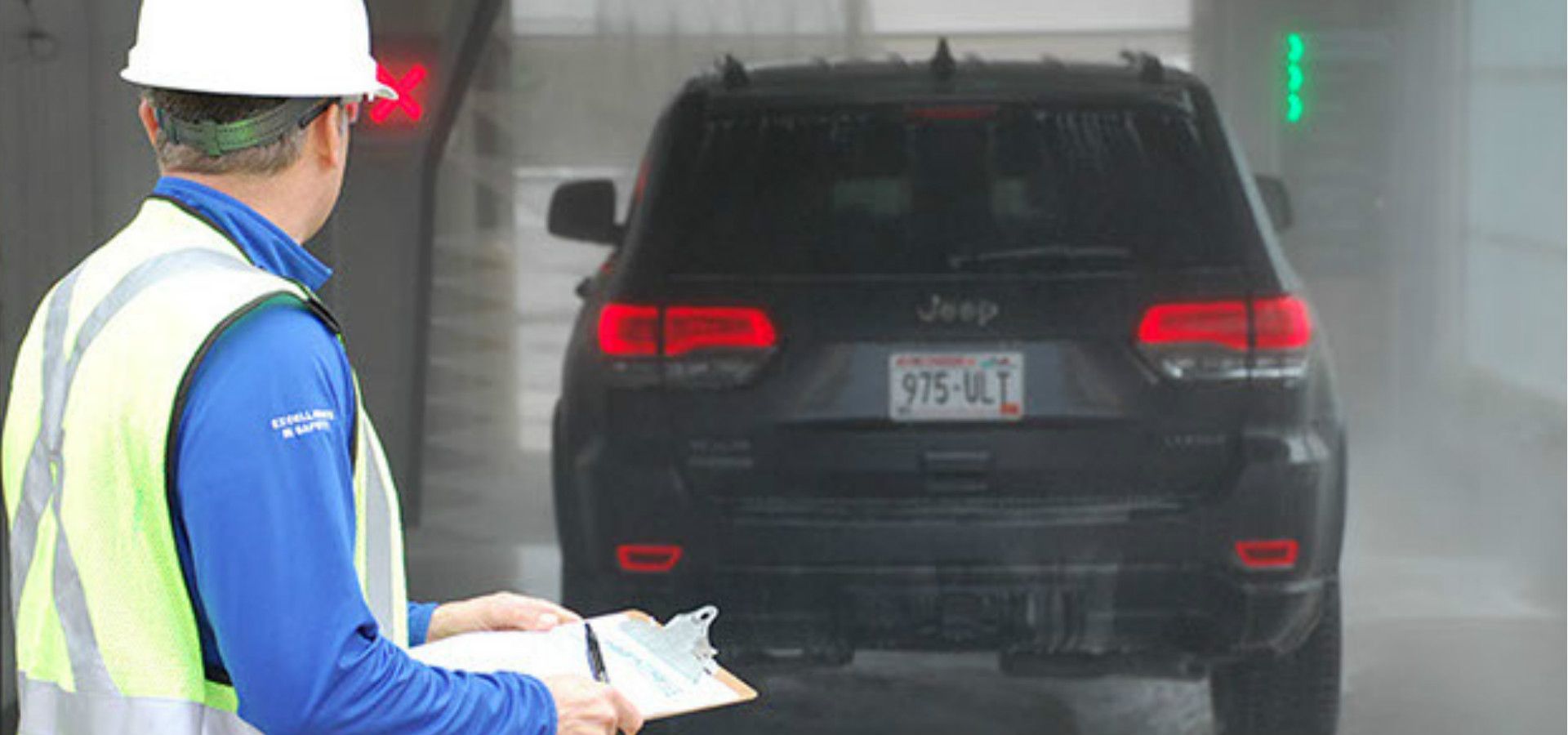
Water Reclaim and Restoration Systems

Water is the lifeblood of the vehicle wash industry
by: Tom Gibney
I have said for years that the vehicle wash industry is fair game for higher water and sewer costs and tap fees.
In parts of the country washes are getting assessed increased fees for sending dirty water to the sewer plants. What’s the best way of protecting your wash business from ever increasing fees related to water and sewer fee increases? Invest in a water reclaim or water restoration system. Before you do, understand the things you need to know and understand as they relate to reclaiming waste water.
Settling/Oil Water Interceptors
No reclaim system is designed to handle large amounts of solids so the first thing that needs to be addressed is to properly size your settling tanks where the waste water and dirt goes before going to the reclaim system. These tanks are sometimes called oil water interceptors when properly designed. Settling of dirt is a matter of time the water stays in the tank and the size of the dirt particles. The most important thing to understand with settling/oil water interceptors is that bigger is better. Gravity is free so let gravity settle out the solids so the reclaim system doesn’t have to deal with solids electrically or mechanically. The down turn pipes on the exit end of each settling tank prevent any floating debris like oil from exiting the tank as can be seen in the setting tank print shown in diagram below.


Maintenance of these settling tanks is required on a regular basis. The first settling tank will get the majority of the solids settled out in it. If this tank is left to collect solids without regular pump outs and the tank gets half full of solids then the settling time in this tank is reduced by 50 per cent, which means more solids will go to tank two and three. The problem continues when tank two is half full; now solids are going to tank three and into the reclaim suction pump where damage will occur.
Reclaim Systems
Understanding that there are two different types of waste water treatment systems is very important when you evaluate what system to buy. How much water can be processed and re-used in each is important to know to maximize water and sewer savings.
A reclaim system is generally made of the three settling tanks, which I have previously spoken about. In a reclaim system, waste water is sucked out of the last settling tank and run through mechanical filtration, bag filters or cyclonic separation to remove any remaining solids that may have gotten through the settling tanks. It’s at this point where damage will appear if settling tanks are not properly maintained and pumped out.
In some reclaim systems the waste water is then injected with ozone in an attempt to kill the natural anaerobic bacteria that is present in the waste water tanks because the dissolved oxygen level is low. When the anaerobic bacteria eat carwash chemicals in the water they turn those chemicals into a hydrogen sulfide gas, which is that stinky rotten egg smell you get from most reclaim systems using ozone.
A more successful way of controlling odour is with the use of aeration in the last settling tank. By aerating the water the natural bacteria that will be present in the last tank will be aerobic bacteria. When aerobic bacteria are present when they consume used car wash chemicals they turn the chemicals into Co2 gas and water. Co2 gas has no odour so there is never an odour issue with a reclaim system using an aeration system.
The one thing that a reclaim system doesn’t do is remove all the used carwash chemicals from the water so with the chemicals still in the water you will be limited in where that water can be re-used in the wash.
Restoration systems
A water restoration system restores the waste water back to as near its original condition as is biologically possible. To do this waste water flows through settling tanks as was previously described. The water is then aerated to raise the dissolved oxygen level in the water so aerobic bacteria will be present in the water. Water is then sent through hydro cyclones which cyclonically separate any remaining solids down to five micron. The solids removed by the cyclone is deposited back into the first settling tank.
Once the solids have been removed the waste water is sent to a biologic chamber that is full of bio media where the active aerobic bacteria are allowed to grow on. The bacteria consume the carwash chemicals from the water and turn those chemicals into Co2 gas and water. The Co2 gas is vented out of the bio tank.
Now that the wastewater has been restored and the chemicals removed the water can be reused throughout the wash to include mixing with chemicals. In a water restoration system, the recovery and re-use rate can be as high as 95 per cent.
Chemical Biodegradability and Compatibility
Chemicals used in the wash industry are most often classified as biodegradable but that terminology means that if the compounds can be broken down biologically in months of testing they are classified as biodegradable. In a water restoration system, the chemicals need to be readily biodegradable, which means the bacteria can consume them on the first past through the bio chamber or they will come back more concentrated.
Compatibility of chemicals used is also an issue in a wash. Anionic chemicals do not mix well with nonionic or cationic chemicals. If the chemicals are not compatible they will appear in the wash as an excessive amount of black slime on the cloth and equipment.
Rain Harvesting
Another thing to consider is rain harvesting. The calculation for collecting rainwater is for every 1,000 square feet of surface area on the property one inch of rainfall will generate 750 gallons of water. Historical rainfall data can be found on a web site at www.weatherbase.com. There you can click on your country, state or province and town or city and it will show the historical rain fall data by month.
Unless the wash is in a heavy industrial area the rain water will be clean and soft water. If it’s soft this water can be feed to the spot free rinse system. It can be used to mix and apply chemicals or it can be used as a final rinse.
As you can see there are a lot of things to consider when you have decided to look for a water reclaim or water restoration system for your wash.
Tom Gibney is president of Aqua Bio Technologies. He has a total of 29 years of experience in the vehicle wash industry and can be reached at tgibney@aquabio.co. Further information is available at www.aquabio.co.


































